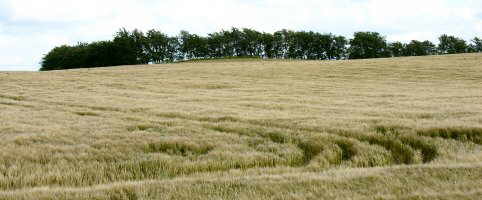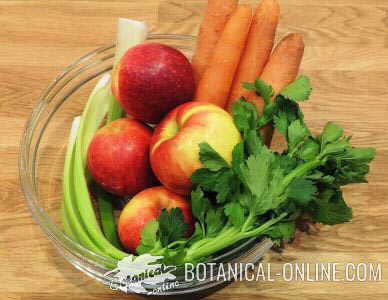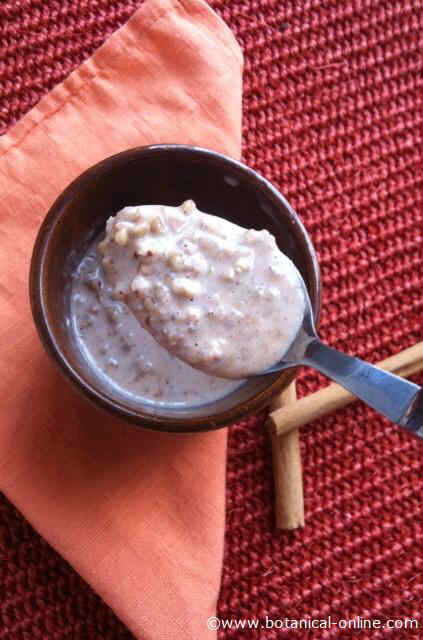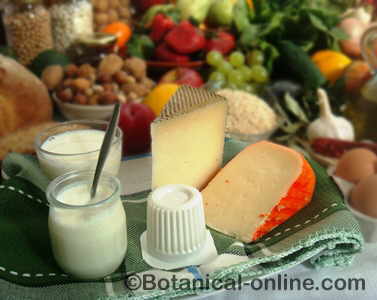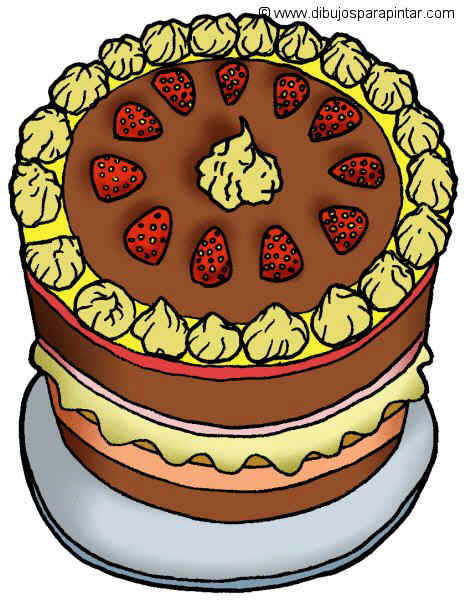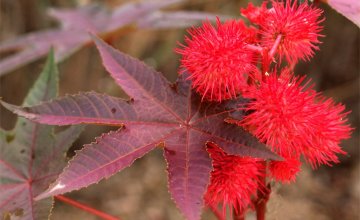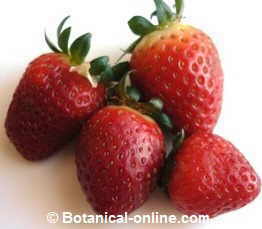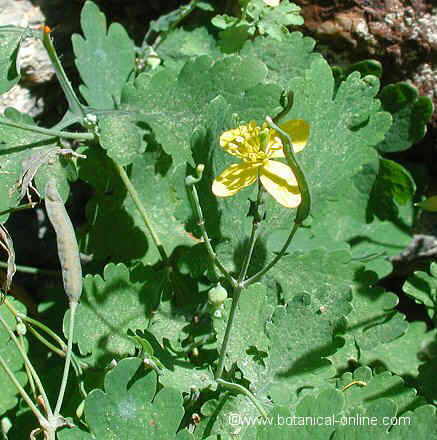Contents
What is a cowslip?
Cowslip characteristics (Primula veris)
Common name: Cowslip, Cowslip primrose
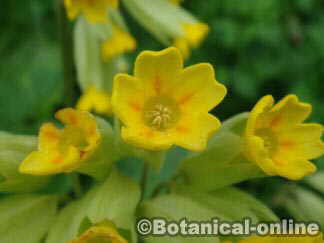
– Spanish: Primavera, prímula, gordolobillo, hierba de San Pedro
Scientific name: Primula veris L.
– Taxonomic synonym: Primula officinalis (L.) Hill
Family: Primulaceae
Habitat. Where does spring grow?
Low-thick forests and humid meadows.
Description of the plant
Herbaceous perennial plant up to 30 cm tall.
Leaves quite wrinkled in a basal rosette, pubescent or tomentose, oval or oblong, which contract sharply on the winged petiole.
Yellow flowers grouped in umbels, facing in the same side, with orange stripes inside. They have pubescent calyx.
Collection and conservation of cowslip leaves, flowers and rhizomes
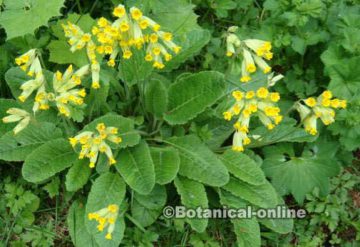
Spring is the best season to collect leaves that should not be used dry. In case of harvesting the wild plant, it is recommended to read the following rules for collecting wild plants.
The rhizome will be collected before the plant blooms. It must be dried in the sun and stored in a small bag.
Flowers must be pre-dried in a dark place and stored in a dry environment, before they are fully in bloom.
Active components of cowslip
- Saponin (primulin) present in flowers and leaves, but especially in rhizome. This component, says Hildegarda, has properties for cough.
- Active components: protoprimulagenin A, priverogenin.
- Glycosides (primaverine, primulaverine).
- Vitamin C
- Salicylic acid
- Flavonic pigments
Uses of cowslip
Cowslip or cowslip primrose is a herb that grows in sparse forests and in wet grasslands.
- Edible plant: Its tender leaves are consumed raw or cooked. The flowers of this plant are used to prepare preserves. (See recipes with edible plants)
- As a medicinal plant
![]() More information on cowslip
More information on cowslip

